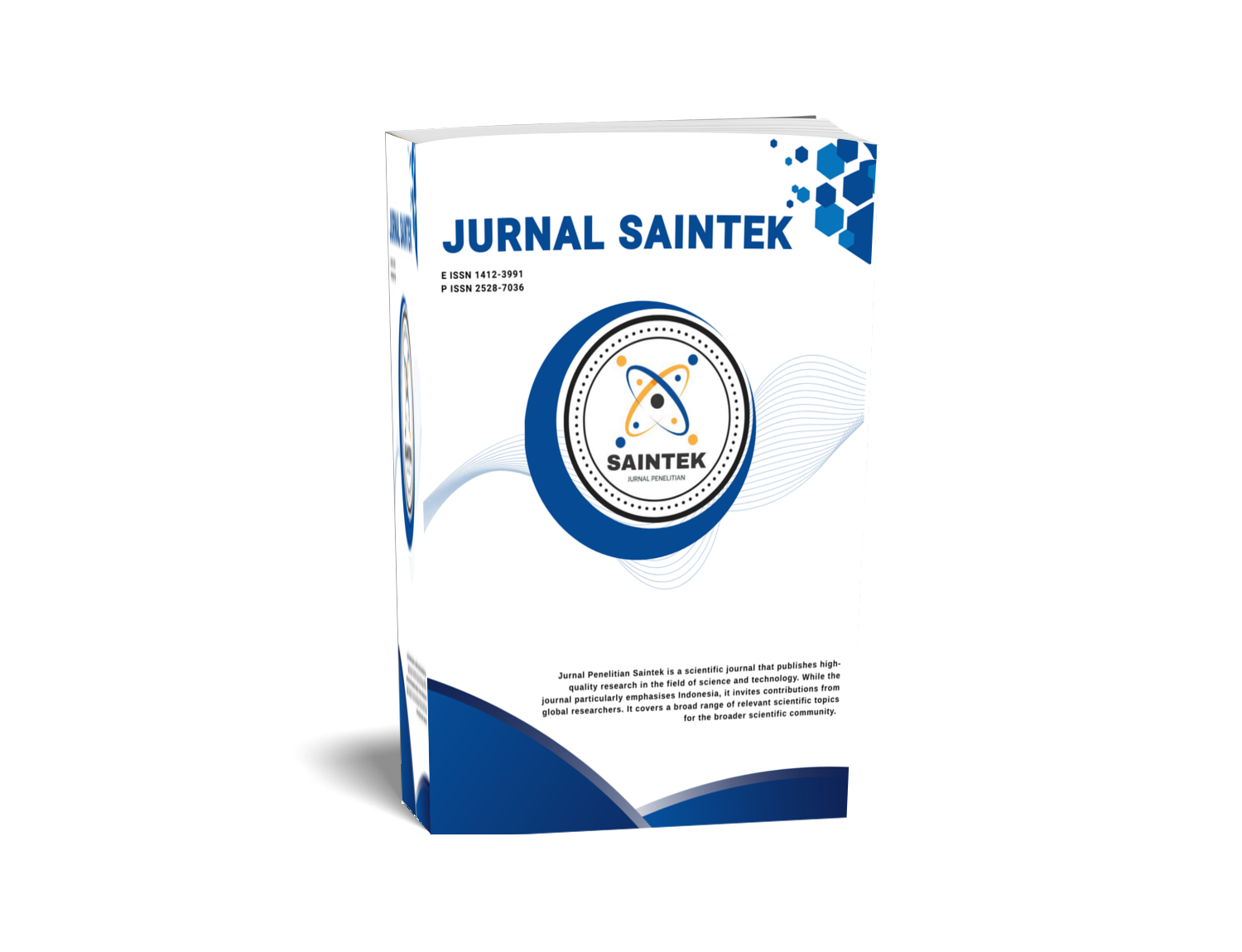MODELING DATA FUZZY TIME SERIES WITH USING THE DECOMPOSITION OF SINGULAR AND VALUE THE APPLICATION OF INFLATION INFLUENCE LEVEL IN INDONESIA
DOI:
https://doi.org/10.21831/jps.v14i1.697Keywords:
fuzzy time series, singular value decomposition, inflation rate.Abstract
The aims of this research are to construct a new method for modeling fuzzy time series data and to apply the method for forecasting Indonesian inflation rate. The procedure of this research is done by the following steps: (1) determine fuzzy relations using table lookup scheme, (2) Apply the singular value decomposition to reduce the unimportant fuzzy relations, (3) apply the method to forecasting Indonesian inflation rate.
The result of this research is that it was designed a new method to construct the fuzzy time series model using singular value decomposition method. Then, the method is applied to forecast the Indonesian inflation rate based on fuzzy time series data. Forecasting inflation rate using the proposed method yields a higher accuracy than that using table lookup scheme and neural network methods.
References
Abadi, A.M., 2003, Penggunaan sistem samar untuk pendekatan suatu fungsi. Makalah dalam Seminar Nasional Matematika tanggal 18 Maret 2003 di Universitas Sebelas Maret.
Abadi, A.M., Muhson, A.. 2005. Pemodelan tingkat inflasi di Indonesia dengan menggunakan sistem fuzzy. Jurnal Ekonomi dan Pendidikan FIS UNY, 2(2), 113-121.
Abadi, A.M, Subanar, Widodo & Saleh, S.. 2006. Fuzzy model for forecasting inflation rate, Procceeding of International Conference on Mathematics and Natural Sciences ITB. Bandung.
Abadi, A.M, Subanar, Widodo & Saleh, S.. 2007. Forecasting interest rate of Bank Indonesia certificate based on univariate fuzzy time series. International Conference on Mathematics and Its applications SEAMS. Gadjah Mada University. Yogyakarta.
Abadi, A.M, Subanar, Widodo & Saleh, S.. 2008a. Constructing complete fuzzy rules o Pemodelan Data Fuzzy Time Series dengan Menggunakan Dekomposisi Nilai Singular dan Aplikasinya pada Perkiraan Tingkat Inflasi di Indonesia (Agus Maman Abadi) 143 inflation rate. 7Th World Congress in Probability and Statistics. National University of Singapore. Singapore.
Abadi, A.M, Subanar, Widodo & Saleh, S.. 2008c. A new method for generating fuzzy rule from training data and its application in finacial problems. The 3rd International Conference on Mathematics and Statistics (ICoMS-3). Institut Pertanian Bogor. Bogor.
Chen, S.M.. 2002. Forecasting enrollments based on high-order fuzzy time series. Cybernetics and Systems Journal 33, 1-16.
Chen, S.M., Hsu, C.C.. 2004. A new method to forecasting enrollments using fuzzy time series. International Journal of Applied Sciences and Engineering, 2(3), 234-244.
Jilani, T.A., Burney, S.M.A. & Ardil, C.. 2007. Multivariate high order fuzzy time series forecasting for car road accidents. International Journal of Computational Intelligence, 4(1), 15-20.
Karyati, Sukirman, Rosnawati, R. & Abadi, A.M.. 2003. Konstruksi fuzzifier dan defuzzifier suatu sistem samar. Research Grant Due-Like Jurusan Pendidikan Matematika FMIPA Universitas Negeri Yogyakarta. Yogyakarta.
Kustono, Supriyadi & Sukisno, T..2006. Peramalan suku bunga sertifikat Bank Indonesia dengan menggunakan jaringan syaraf tiruan. Laporan Penelitian Dosen Muda. Universitas Negeri Yogyakarta. Yogyakarta.
Lee, L.W., Wang, L.H., Chen, S.M. & Leu, Y.H.. 2006. Handling forecasting problems based on two-factors high order fuzzy time series. IEEE Transactions on Fuzzy Systems, 14(3), 468-477
Muhson,A..1999. Faktor-faktor yang Mempengaruhi Inflasi di Indonesia. Laporan penelitian DIK FISE Univeristas Negeri Yogyakarta. Yogyakarta.
Sah, M., Degtiarev, K.Y..2004. Forecasting enrollments model based on first-order fuzzy time series. Transaction on Engineering Computing and Technology, VI, 375-378.
Scheick, J.T..1997. Linear algebra with applications. McGrawHill. Singapore.
Song, Q., Chissom, B.S..1993. Fuzzy time series and its models. Fuzzy Sets and Systems, 54, 269-277.
How to Cite
Issue
Section
Citation Check
License
Who Can Submit?
Any individual may submit an original manuscript for consideration for publication in Jurnal Penelitian Saintek as long as they hold the copyright to the work or are authorized by the copyright owner(s) to submit it. Authors retain initial ownership of the copyrights to their works prior to publication, except in cases where, as a condition of employment, they have agreed to transfer copyright to their employer.
User Rights
Jurnal Penelitian Saintek is an Open Access journal. Users are granted the right to read, download, copy, distribute, print, search, or link to the full texts of articles, provided they comply with the conditions of the Creative Commons Attribution-ShareAlike License 4.0 (CC BY-SA 4.0).
https://creativecommons.org/licenses/by-sa/4.0/
Author Rights
Authors retains copyrights.
Jurnal Penelitian Saintek by http://journal.uny.ac.id/index.php/saintek is licensed under a Creative Commons Attribution-ShareAlike 4.0 International License.









